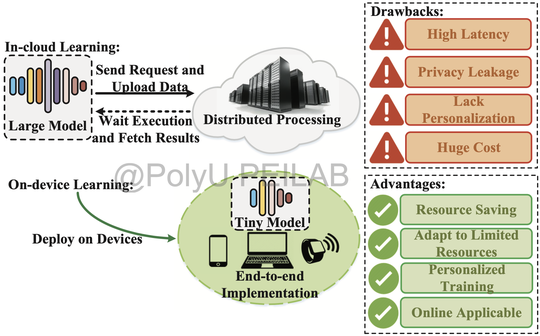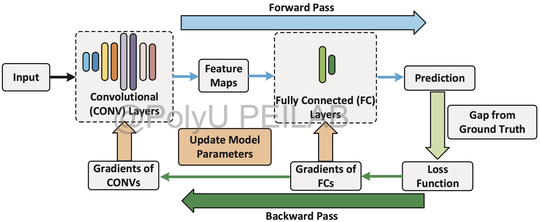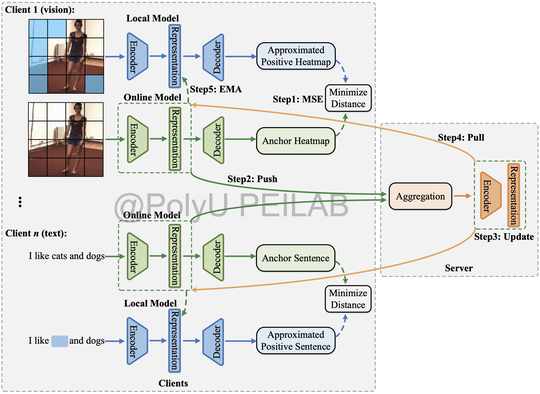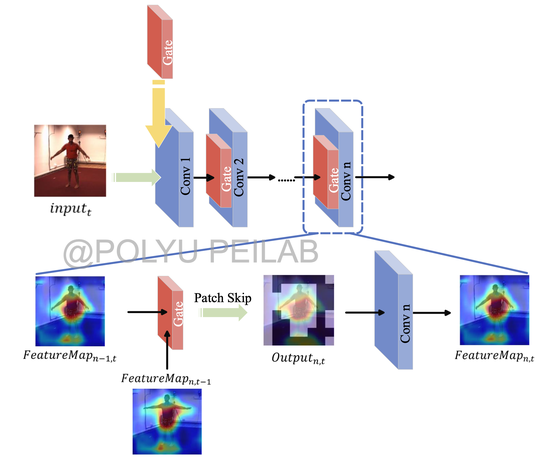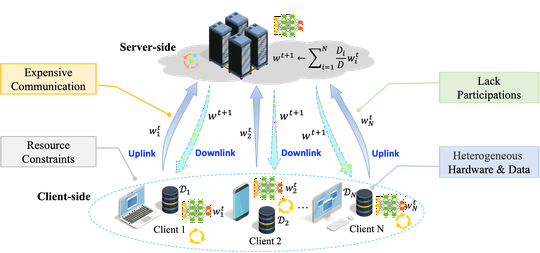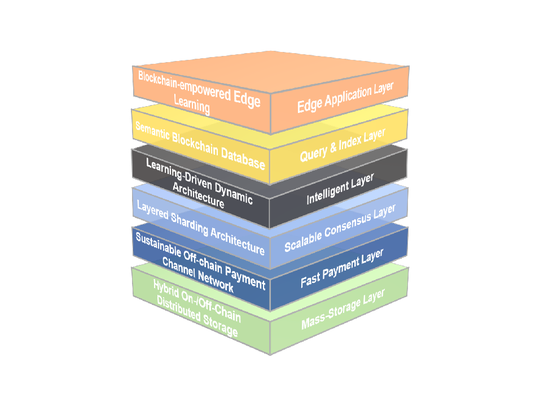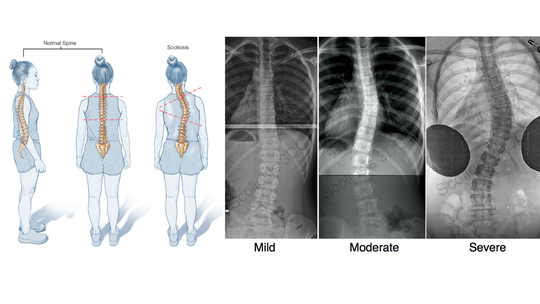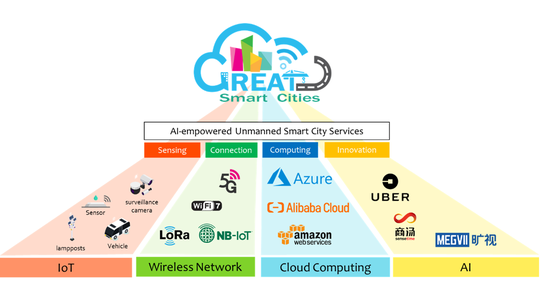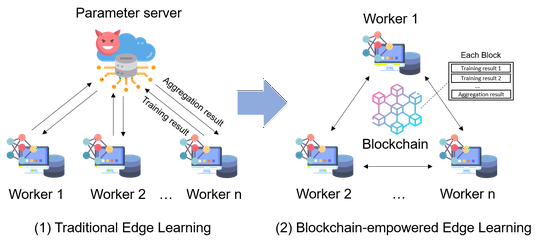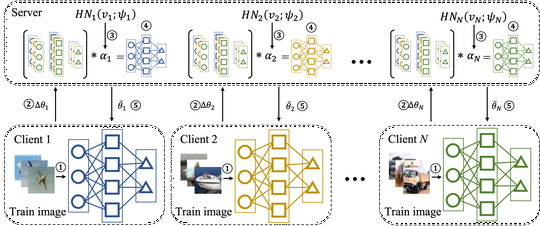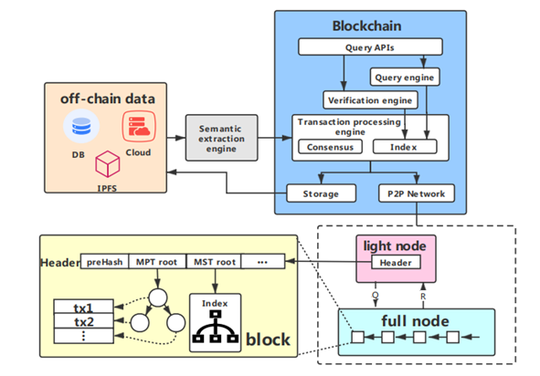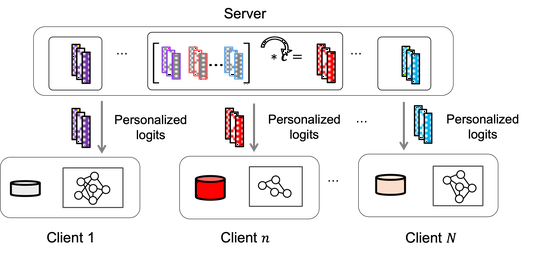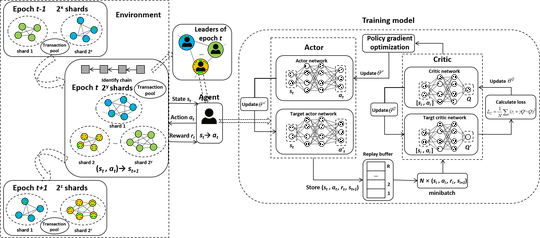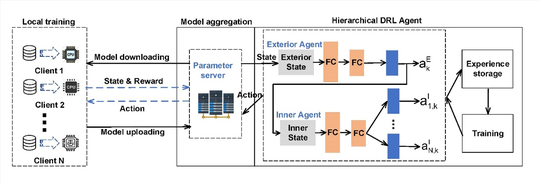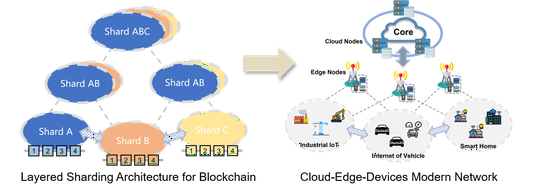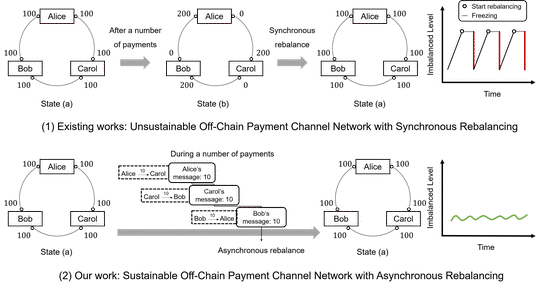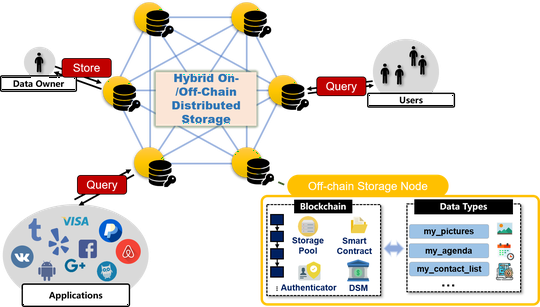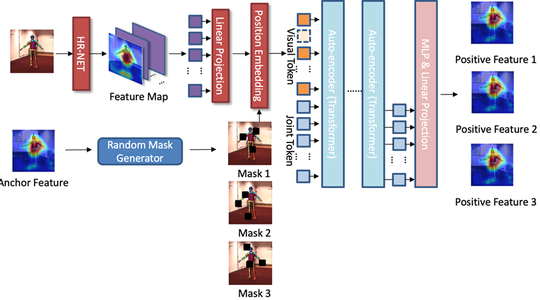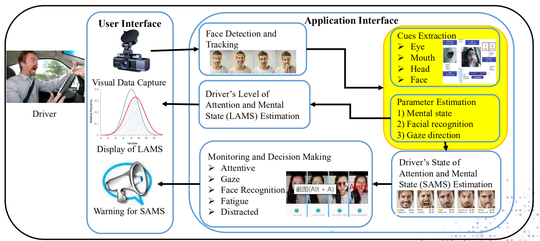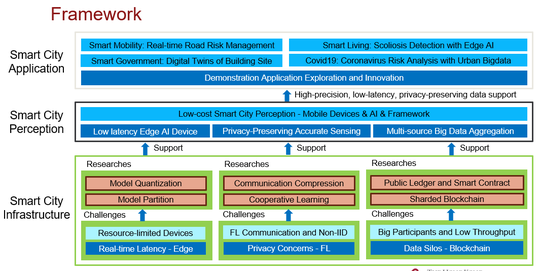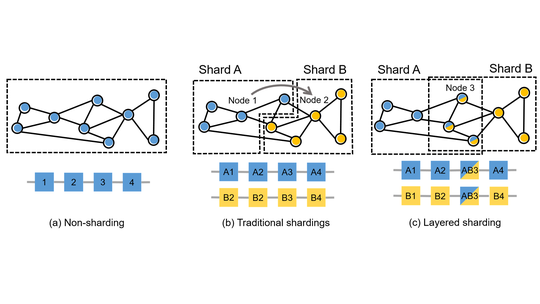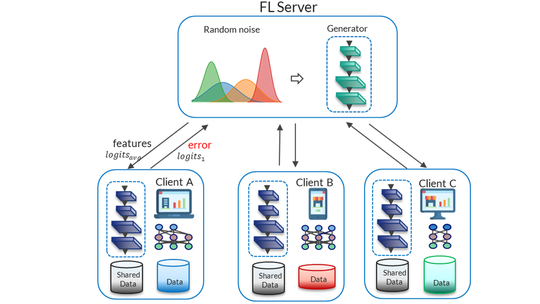.js-id-Blockchain
Our research focuses on the software and hardware synergy of on-device learning techniques, covering the scope of model-level neural network design, algorithm-level training optimization and hardware-level arithmetic acceleration.
Our research focuses on the software and hardware synergy of on-device learning techniques, covering the scope of model-level neural network design, algorithm-level training optimization and hardware-level arithmetic acceleration.
Our research focuses on the software and hardware synergy of on-device learning techniques, covering the scope of model-level neural network design, algorithm-level training optimization and hardware-level arithmetic acceleration.
Our research focuses on the software and hardware synergy of on-device learning techniques, covering the scope of model-level neural network design, algorithm-level training optimization and hardware-level arithmetic acceleration.
Our research focuses on the software and hardware synergy of on-device learning techniques, covering the scope of model-level neural network design, algorithm-level training optimization and hardware-level arithmetic acceleration.
Our research focuses on the software and hardware synergy of on-device learning techniques, covering the scope of model-level neural network design, algorithm-level training optimization and hardware-level arithmetic acceleration.
Federated learning (FL) has been proposed as a promising solution for future AI applications with strong privacy protection. It enables distributed computing nodes to collaboratively train models without exposing their own data.
Our team aims at the next-generation blockchain system with scalability, security, privacy, and intelligence and our proposed architecture is composed of 6 layers as above. In the following, the details of these 6 layers will be explained from top to bottom.
Scoliosis is a sideways curvature of the spine that occurs most often during thegrowth spurt just before puberty. According to the survey and statistics of China Child Development Center, more than 20% teens have scoliosis.
Research Overview Our team aims to design promising solutions for future AI applications based on edge intelligent technologies, which can empower construction, public health, environment, transportation and other industries, and promote the upgrading of urban intelligence.
Blockchain-empowered edge learning is a novel distributed learning architecture to dispense with a dedicated server in traditional distributed learning and provide trustworthy training for edge devices.
To tackle non-IID data challenge in FL, we consider to design a new method to improve training efficiency of each client from the perspective of whole training process.
We design a novel pFL training framework dubbed Layer-wised Personalized Federated learning (pFedLA) that can discern the importance of each layer from different clients, and thus is able to optimize the personalized model aggregation for clients with heterogeneous data.
Blockchain database is a new direction that constructs index on top of blockchain to provide rich query functionalities. The existing works are either insecure because the query process separates from the blockchain consensus, or inscalable because all the data needs to be stored in the block. Therefore, we propose an authenticated semantic database layer for blockchains.
Most existing pFL methods rely on model parameters aggregation at the server side, which require all models to have the same structure and size. Such constraints would prevent status quo pFL methods from further application in practical scenarios, where clients are often willing to own unique models, i.e., with customized neural architectures to adapt to heterogeneous capacities in computation, communication and storage space, etc. We seek to develop a novel training framework that can accommodate heterogeneous model structures for each client and achieve personalized knowledge transfer in each FL training round.
Most existing blockchain systems adopt a static policy that cannot efciently deal with the dynamic environment in the blockchain system, i.e., joining and leaving of nodes, and malicious attack. Therefore, we propose a novel dynamic sharding-based blockchain framework to achieve a good balance between performance and security without compromising scalability under a dynamic environment.
A few of works have designed incentive mechanisms for FL, but these mechanisms only consider myopia optimization on resource consumption, which results in the lack of learning algorithm performance guarantee and long-term sustainability. We propose Chiron, an incentive-driven long-term mechanism for edge learning based on hierarchical deep reinforcement learning.
Most existing blockchain systems adopt a static policy that cannot efciently deal with the dynamic environment in the blockchain system, i.e., joining and leaving of nodes, and malicious attack. Therefore, we propose a novel dynamic sharding-based blockchain framework to achieve a good balance between performance and security without compromising scalability under a dynamic environment.
Payment channel network (PCN) is the most promising off-chain technologies to support massive micro payments for blockchain. The technology has been deployed in a number of blockchains including Bitcoin and Ethereum.
Personal data produced from widely emerged cyberspace activities are expected to promote information dissemination and engagement, or even make business intelligence more powerful.
Physiotherapeutic scoliosis-specific exercises (PSSE) have been proved to be effective in scoliosis rehabilitation. PSSE consist of a program of curve-specific exercise protocols which are individually adapted to a patients’ curve site, magnitude, and clinical characteristics.
Video-based abnormal driving behavior and mental detection is becoming more and more popular. The key goal is to ensure the safety of drivers and passengers in the vehicle, and it is an essential step to realize autonomous driving at this stage.
With the emergence and drastic improvement of mobile devices (e.g., phones, tablets, drones, and autonomous vehicles), we are now witnessing an exciting revolution of the digital city.
Blockchain draws tremendous attention from academia and industry, since it can provide distributed ledgers with data transparency, integrity, and immutability to untrusted parties for various decentralized applications.
Federated learning (FL) has been proposed as a promising solution for future AI applications with strong privacy protection. It enables distributed computing nodes to collaboratively train models without exposing their own data.
